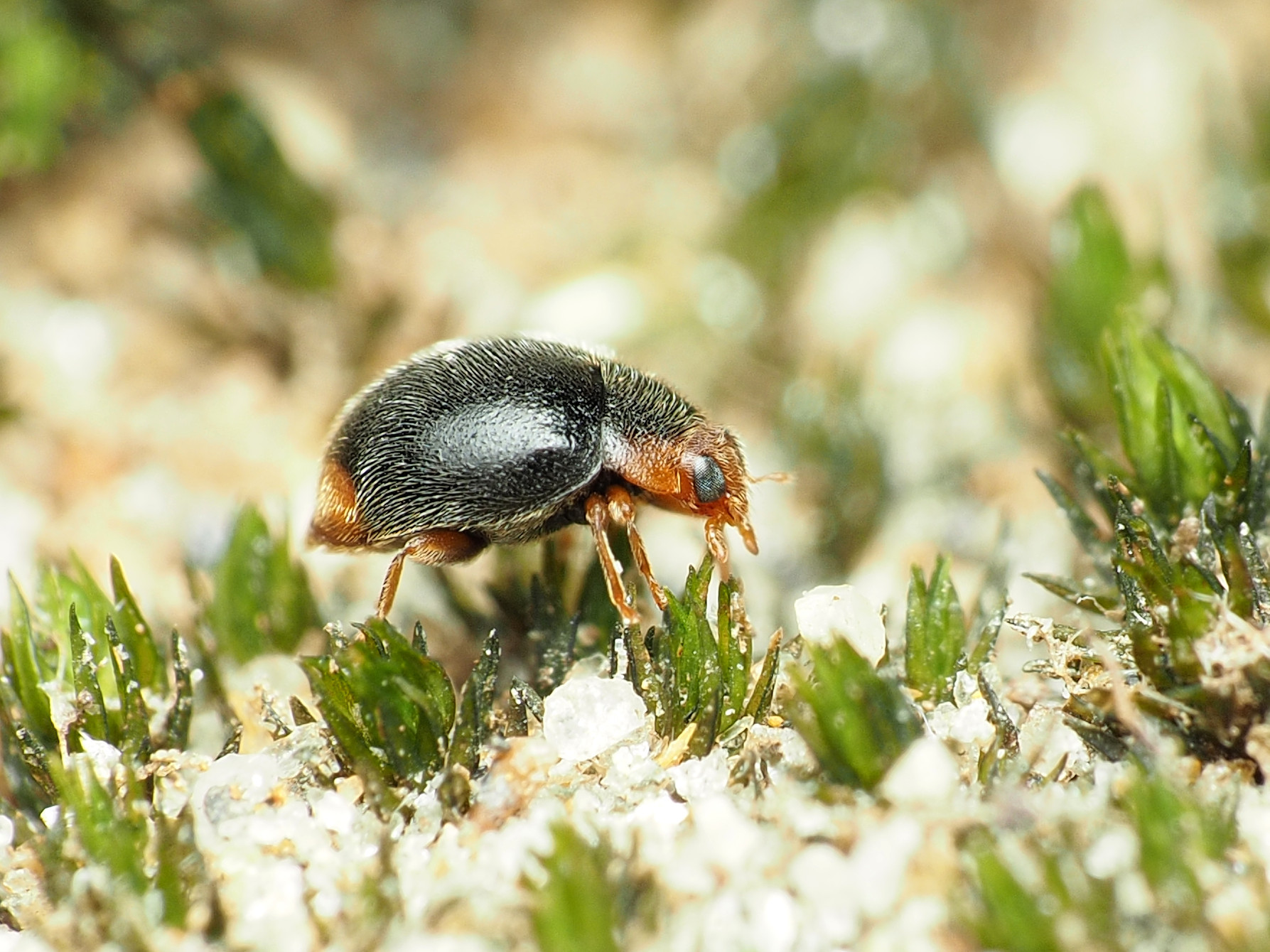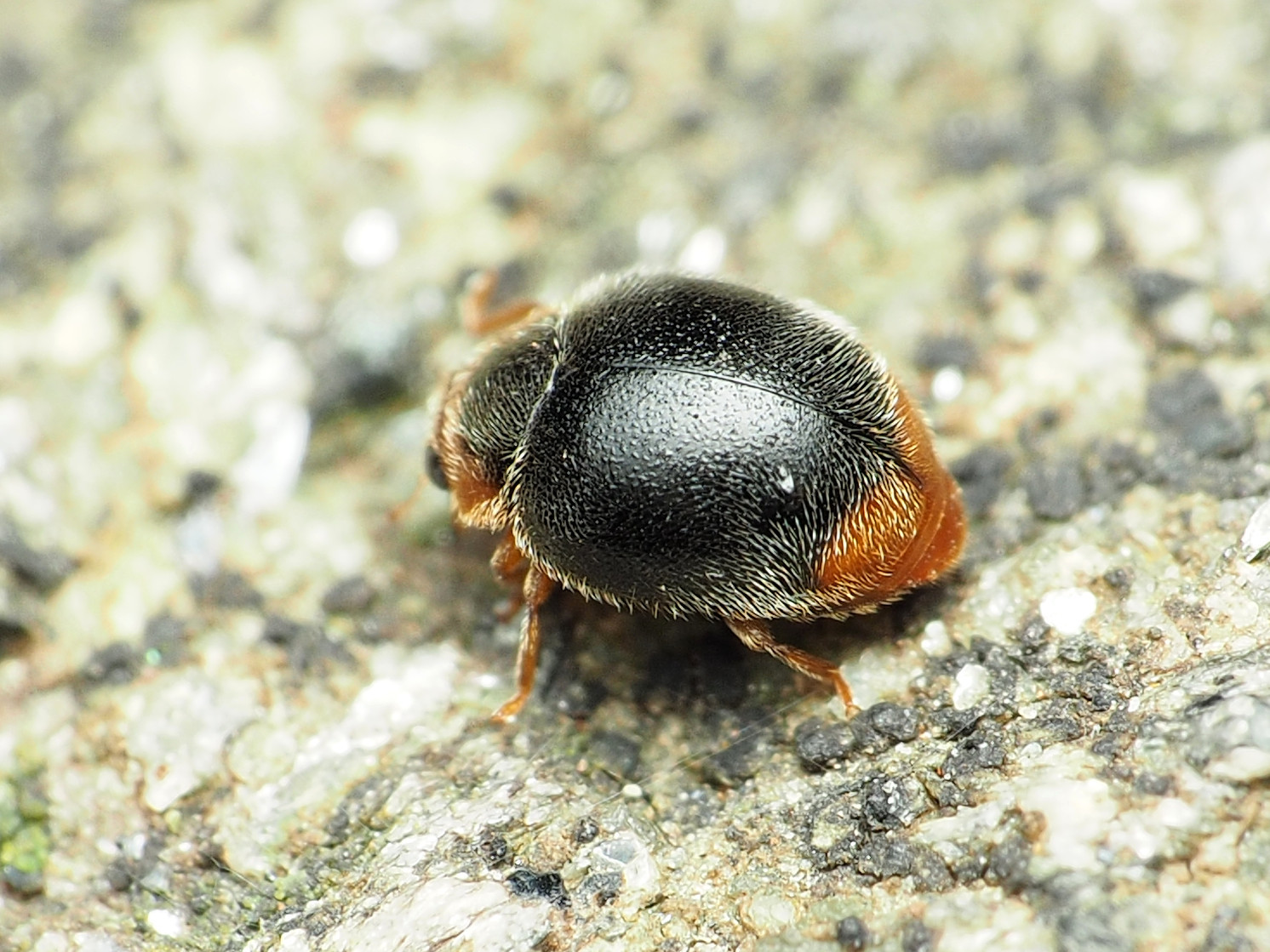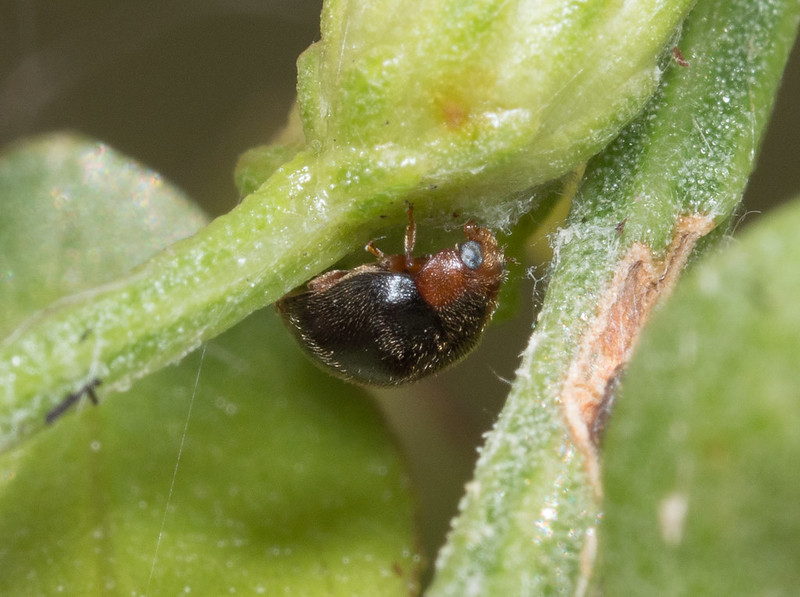Map Snapshot




4 Records
Seasonality Snapshot
Source: Wikipedia
Scymnus of Chios (Ancient Greek: Σκύμνος ὁ Xῖος; fl. c. 185 BC) was a Greek geographer. It was thought he was the author of the Periodos to Nicomedes, a work on geography written in Classical Greek. It is an account of the world (περιήγησις, periegesis) in 'comic' iambic trimeters which is dedicated to a King Nicomedes of Bithynia. This is either Nicomedes II Epiphanes who reigned from 149 BC for an unknown number of years or his son, Nicomedes III Euergetes.[1]
It was first published at Augsburg in 1600. Because it was found together with the Epitomes of Marcianus of Heraclea it was first published under his name. Because this was clearly a mistake Lucas Holstenius and Isaac Vossius were the first to attribute it to Scymnus of Chios because he was cited more than once by late grammarians as the author of a Periegesis. It continued to pass under his name until 1846 when Augustus Meineke, in republishing the extant fragments, showed clearly that there were no grounds for ascribing them to that Scymnus. The real work of Scymnus of Chios appears to have been in prose and the few statements cited from him have no resemblance to the Periodos to Nicomedes.[2] Since then work has been attributed to Pseudo-Scymnus.
References
[edit]- ^ Hunter, Richard (2006). "The Prologue of the Periodos to Nicomedes ('Pseudo-Scymnus')". In Harder, M. A.; Regtuit, R. F.; Wakker, G. C. (eds.). Groningen Workshops on Hellenistic Poetry: Beyond the Canon. Hellenistica Groninga. Vol. 11. Leuven: Peters Publishers. pp. 123–140. ISBN 9789042918139.
- ^ Bunbury, E. H. (1879). A History of ancient geography among the Greeks and Romans from earliest ages till the fall of the Roman Empire. Vol. 2. London: John Murray. pp. 69–74.
Further reading
[edit]- Aubrey Diller, The Tradition of the Minor Greek Geographers (1952)
External links
[edit]- Partial English translation by John Brady Kiesling at ToposText
- Chisholm, Hugh, ed. (1911). . Encyclopædia Britannica. Vol. 24 (11th ed.). Cambridge University Press. p. 519.


